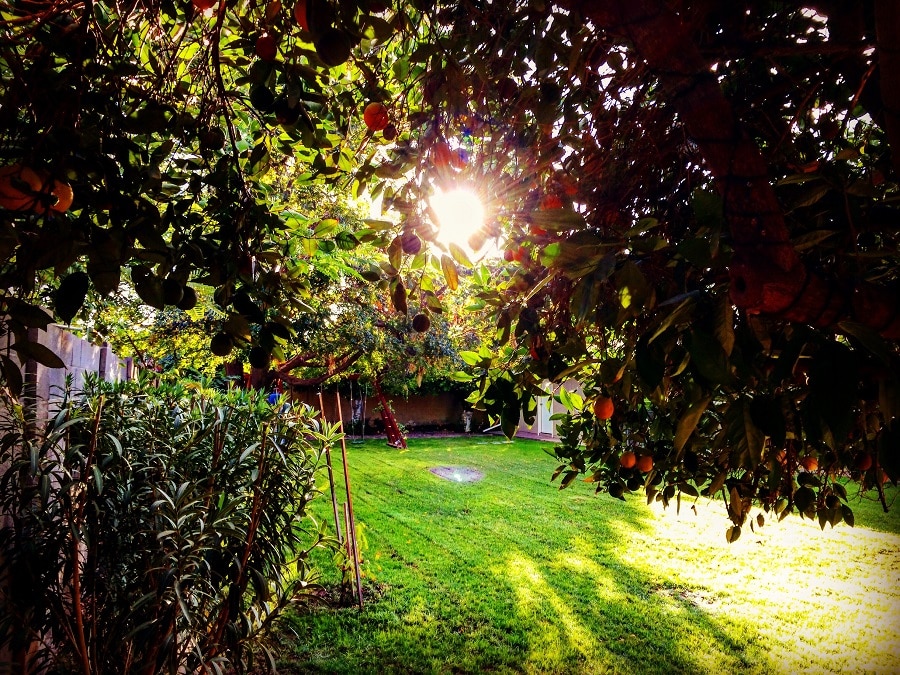Gardening has become an increasingly popular pastime that provides a soothing respite from the hectic pace of everyday life. Not only is it enjoyable to tend to your plants and watch them grow, but you can also gain a greater appreciation for the environment by cultivating green spaces in your backyard. By adopting more sustainable gardening practices, you can help ensure that this hobby not only pleases you now but continues to grow and thrive well into the future. In this guide, you’ll get a chance to explore how to create beautiful gardens while minimizing harm to our planet’s natural resources.
Contents
How Gardening Can Affect The World Around You
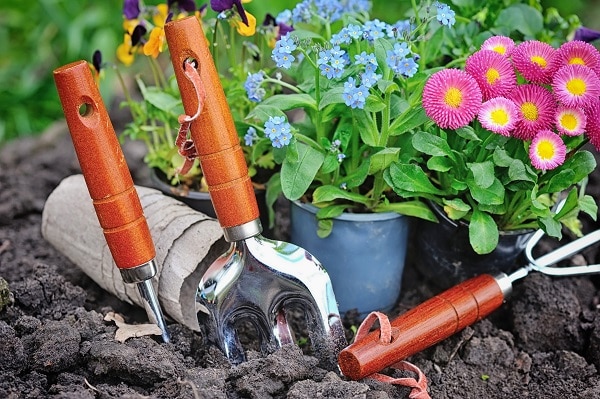
Gardening can positively impact your environment, communities, and mental well-being. If you use responsible practices such as composting, recycling water and growing native species, you can reduce pollution levels in towns and cities. Moreover, gardening can unite people as neighbors come together to redesign public areas, or allotment gardens can promote a sense of belonging for those who want to grow their food but don’t have the space to do so at home.
Taking care of plants helps cultivate patience and respect for nature, which teaches you about sustainability – something that’s becoming increasingly important. Furthermore, on an individual level, gardening is a great way to clear your head, as there’s nothing quite like getting your hands dirty to take your mind off other worries. Gardening reminds you that although individuals can make a difference collectively, people can truly effect change.
Simple Sustainable Gardening Practices
Before you plant any seeds, it’s helpful to understand which gardening practices are good for the environment. Here are just a few simple tips that can help you cultivate an eco-friendly garden:
Composting
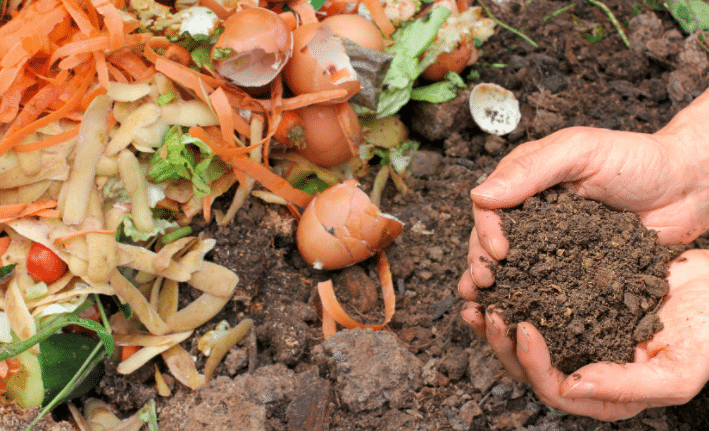
Composting is an essential component of sustainable gardening. Composting is breaking down organic materials such as food scraps, yard waste, and leaves into a nutrient-rich soil amendment that can improve soil quality and plant health. Composting reduces waste and the need for synthetic fertilizers and pesticides, which can harm the environment.
To start composting, you will need a compost bin or pile. The compost pile should be located in a sunny area, at least three feet wide and three feet tall. Keeping a balance of brown and green materials in your compost pile is important. Brown materials, such as dried leaves, straw, and twigs, provide carbon, while green materials, such as grass clippings and food scraps, provide nitrogen. You can also add coffee grounds, eggshells, and shredded paper to your compost pile!
Water Conservation
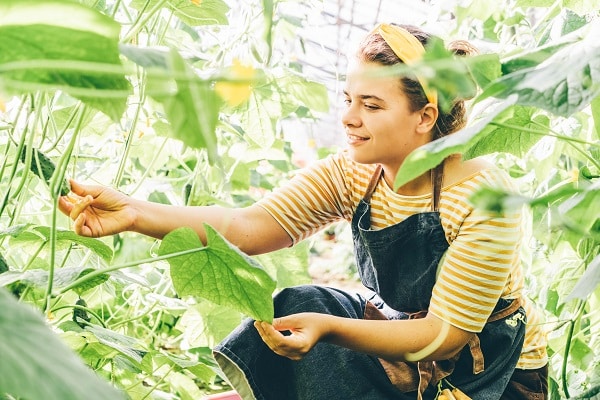
In many parts of the world, water is scarce, and gardeners must be mindful of their water usage. By conserving water, you can reduce your environmental impact and save money on water bills. This practice also helps reduce runoff from gardens and can help prevent water pollution.
One way to go about this is to use a drip irrigation system. Drip irrigation delivers water directly to the roots of plants, reducing water waste through evaporation and runoff. Another way to conserve water is to mulch your garden beds. Mulch helps retain moisture in the soil, reducing the need for frequent watering. You can also collect rainwater in a rain barrel to water your plants.
Plant Selection
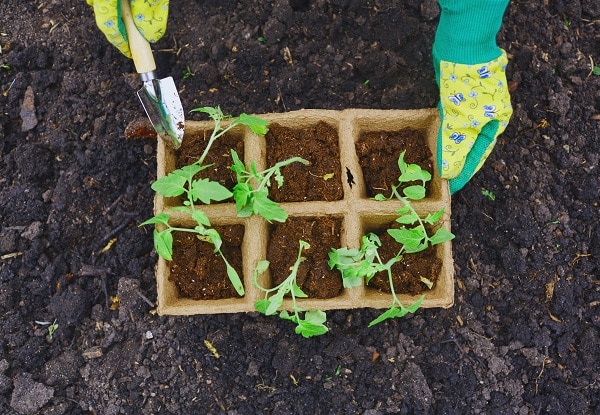
Carefully selecting native plants is essential for cultivating a sustainable garden. Native plants are an ideal choice since they are adapted to the local climate and require little water or upkeep compared to non-native varieties. Additionally, these species offer food and habitat for regional wildlife – making them all the more beneficial!
Choose plants that are well-suited to your climate and soil type. When selecting plants, it is important to consider their sun and water requirements. You can also select plants resistant to pests and diseases, reducing the need for pesticides.
Pest Control

Pest control is another area where sustainable gardening practices can significantly impact. Chemical pesticides can harm beneficial insects, contaminate soil and water, and create health risks for humans and animals. Sustainable gardening practices focus on preventing pest problems rather than treating them after they occur.
One way to prevent pest problems is to encourage beneficial insects such as ladybugs and lacewings. These insects prey on garden pests and can help control their populations. You can also use physical barriers such as row covers and netting to protect plants from pests. And if you still find yourself struggling with pests, you can use natural solutions such as neem oil and insecticidal soap.
Soil Health
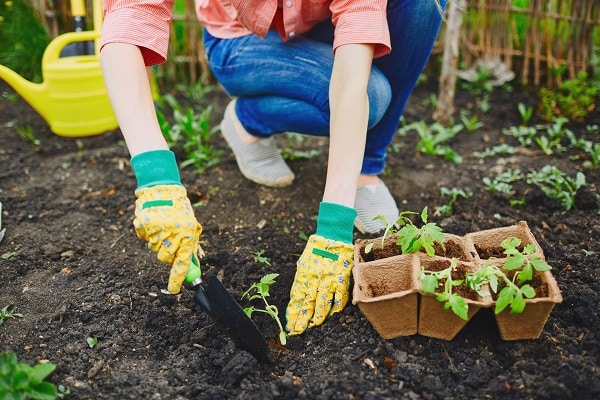
For sustainable gardening, healthy soil is a must. Not only does it provide vital nutrients to plants and protect against erosion, but by including organic matter such as compost in the mix, you can further improve its quality. By doing so, your soil will gain better texture for proper aeration of roots, enhanced water-holding capacity during dry spells, and improved nutrient supply for lush vegetation growth!
Another way to improve soil health is to practice crop rotation. Crop rotation involves planting different crops in the same area over time, which helps prevent soil-borne diseases and pests from building up in the soil. Cover crops such as clover and rye can also help improve soil health by fixing nitrogen in the soil and preventing erosion.
Energy Efficiency
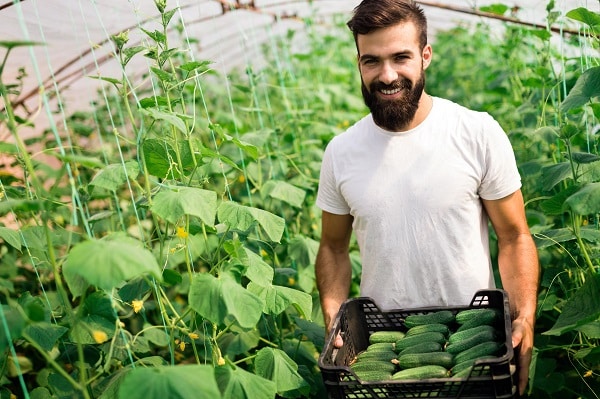
Energy efficiency is vital to making sustainable gardening practices a reality. Looking for ways to reduce energy use in your garden, such as eliminating single-use plastic containers or planting trees for overhead shade, are good starting points. Investing in smart home garden technologies, such as solar-powered lights and automated watering systems, is another option that pays off in many ways.
By taking the time to research more efficient gardening options and techniques, you can save energy while still maintaining a beautiful garden space – without having to give up the enjoyment of expanding your green thumb!
Habitat Development
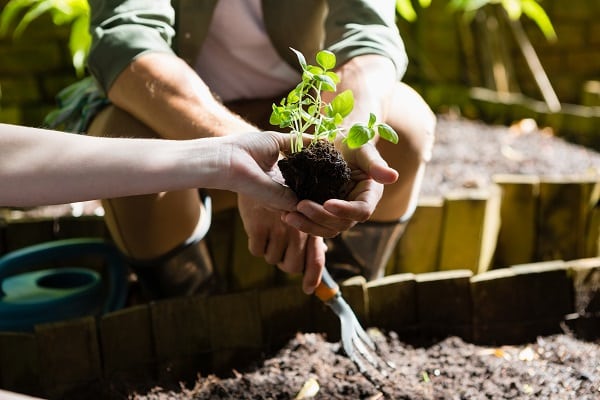
Creating a habitat for wildlife in your garden is an excellent way to further your sustainability efforts. Planting native trees, shrubs, and flowers will provide food and shelter for birds, small mammals, bees, and other beneficial insects. Installing bird boxes or bee houses are also great ways to attract wildlife to the area.
Finally, adding a water feature to your garden can provide drinking and bathing water for small birds and mammals. You can also use rainwater collected in a rain barrel to top up the feature, giving the local wildlife another source of clean water.
Start Implementing These Sustainable Gardening Practices!
There are many ways to incorporate sustainable gardening practices into your outdoor space. Whether you decide to focus on one of these areas first or begin implementing new methods, there are ample opportunities to make a difference! At the end of the day, healthy gardens are the foundation of a healthier planet! With the right combination of knowledge and dedication, you can create an environmentally friendly, beautiful, and beneficial oasis for years.


